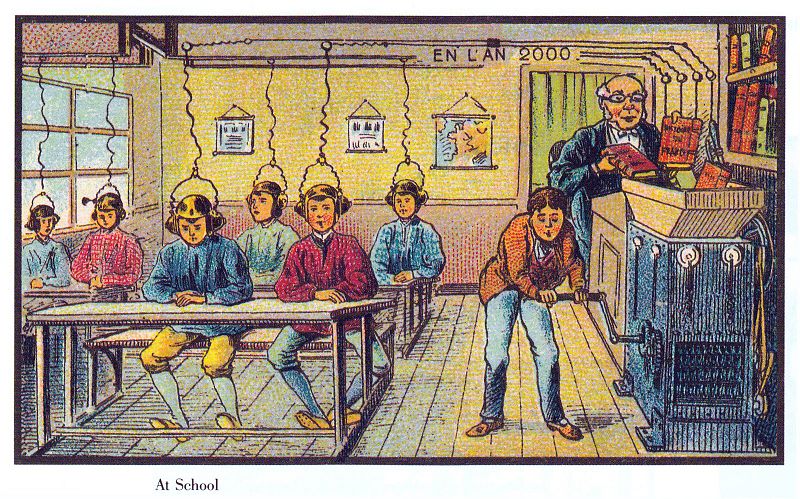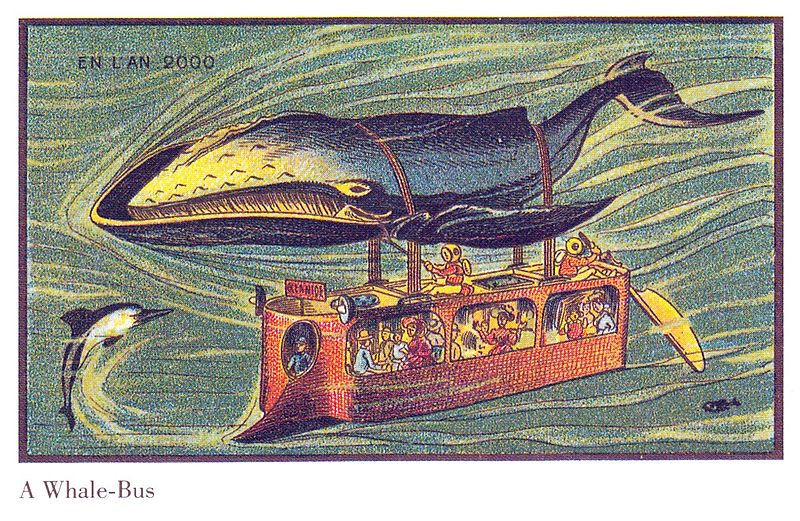
Image by Erik Möller, via Wikimedia Commons
Those of us who were playing video games in the nineteen-nineties may remember a fun little platformer, not technically unimpressive for its time, called Clockwork Knight. The concept of a clockwork knight turns out to have had some historical validity, or at least it could potentially have been justified by the then-current state of Leonardo da Vinci studies. Back in the fifties, writes Royal Montgomery at Unchained Robotics, “a team of scholars at the University of California were poring over a number of Leonardo da Vinci’s notebooks, specifically the Codices Atlanticus and Madrid.” There they found plans for what turned out to be “a life-size mechanical knight inside a fifteenth-century German suit of armor.”
More than one generation of enthusiasts and robotics specialists have since set about re-creating Leonardo’s “automaton.” Before 2007, writes Montgomery, “most reconstructed plans included a mechanical device in the belly of the knight. It was later determined that this device had nothing to do with the knight at all — it was actually part of a clock!”
Even if it didn’t run on literal clockwork, Leonardo’s knight would’ve made quite a spectacle. It “appears to have been assembled and displayed for the first time at a ceremony held by the Prince of Milan, Ludovico Sforza in 1495,” and in this sole appearance “could sit and stand, lift its own visor, and move its arms. It was stiff, sure, but you try moving gracefully in 15th century armor.”
However much it amused its aristocratic audience, Leonardo’s surreptitiously pulley-and-cable-operated “robot” would also have offered working, integrated proof of the kind of mechanical systems to which he’d long put his formidable engineering mind. And today, as pointed out at the site of the Robotic Online Short Film Festival, “we are fascinated and terrified in equal parts by humanoid robots for military purposes like Atlas, created by the company Boston Dynamics for DARPA (Defense Advanced Research Projects Agency of the United States). They are all heirs, with twenty-first century technology, to the robotic soldier designed by Leonardo.” The question of whether he also did any pioneering work on robot animals who could dance remains a matter of inquiry for future Leonardo scholars.
Related content:
Explore the Largest Online Archive Exploring the Genius of Leonard da Vinci
Leonardo da Vinci’s Elegant Design for a Perpetual Motion Machine
The Ingenious Inventions of Leonardo da Vinci Recreated with 3D Animation
The Amazing Engineering of Gauntlets (Armored Gloves) from the 16th Century
200-Year-Old Robots That Play Music, Shoot Arrows & Even Write Poems: Watch Automatons in Action
Based in Seoul, Colin Marshall writes and broadcasts on cities, language, and culture. His projects include the Substack newsletter Books on Cities, the book The Stateless City: a Walk through 21st-Century Los Angeles and the video series The City in Cinema. Follow him on Twitter at @colinmarshall or on Facebook.








